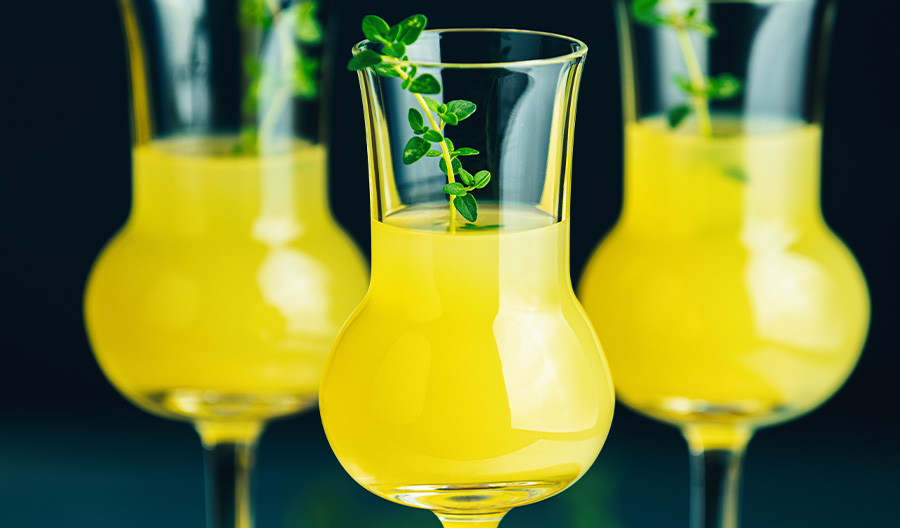Sweet liqueurs, with their diverse flavor profiles, have a unique allure. They offer a symphony of tastes, from fruity to spicy, and everything in between. These beverages play a crucial role in the creation of popular liqueur cocktails. They also influence seasonal trends in the beverage market. Understanding the nuances of sweet liqueurs can enhance sales strategies, marketing campaigns, and client recommendations.
Understanding Sweet Liqueurs
Sweet liqueurs are alcoholic beverages, often enjoyed as after-dinner drinks. They are characterized by their high sugar content, which contributes to their sweetness.
These beverages have a rich history, with origins tracing back to ancient times. They were initially used for medicinal purposes, but have since evolved into a popular choice for social drinking.
The production of sweet liqueurs involves distillation and infusion processes. These methods help create unique flavors, using natural ingredients like herbs, fruits, and spices. Understanding the intricacies of sweet liqueurs is key to leveraging their potential in the beverage market.
The Rich Tapestry of Flavors
Sweet liqueurs offer a diverse range of flavor profiles. From fruity to spicy, there's a sweet liqueur to suit every palate. The flavor of a sweet liqueur is largely determined by its ingredients. For instance, a liqueur made with cherries will have a distinctly fruity flavor, while one made with herbs may have a more complex, earthy taste. Here are some popular flavor profiles found in sweet liqueurs:
Fruity: Cherry, Orange, Raspberry
Creamy: Irish Cream, Chocolate
The aging process also impacts the flavor complexity of sweet liqueurs. The longer a liqueur is aged, the more nuanced its flavor becomes.

Crafting Liqueur Cocktails
Sweet liqueurs play a crucial role in cocktail crafting. They add depth and complexity to the drink, enhancing its overall flavor. Consider the classic Margarita. It's not complete without a splash of orange liqueur. This sweet addition balances the tartness of the lime juice, creating a harmonious blend of flavors.
Similarly, a White Russian relies on coffee liqueur for its distinctive taste. The sweet liqueur complements the vodka and cream, resulting in a rich, indulgent cocktail. Understanding the flavor profiles of sweet liqueurs can help mixologists create innovative and delicious cocktails.
Seasonal Liqueurs: Embracing the Seasons
Seasonal liqueurs offer a unique opportunity to embrace the changing seasons. They reflect the flavors and moods of different times of the year.
For instance, autumn might bring a pumpkin spice liqueur. This sweet, spicy concoction captures the essence of fall, making it a popular choice for seasonal cocktails.
Winter, on the other hand, might call for a peppermint or gingerbread liqueur. These sweet liqueurs evoke the festive spirit, warming up cold nights with their rich flavors. Understanding seasonal trends can help retailers and marketers capitalize on consumer preferences, boosting sales and customer satisfaction.
Marketing and Merchandising Sweet Liqueurs
Marketing sweet liqueurs effectively requires a deep understanding of their unique flavor profiles. Highlighting these flavors can help create engaging campaigns that resonate with consumers.
Merchandising, on the other hand, involves strategic product placement. For instance, pairing sweet liqueurs with complementary products can enhance their appeal.
Packaging also plays a crucial role. Attractive, eye-catching designs can draw customers in, encouraging them to try new flavors. Ultimately, successful marketing and merchandising strategies can significantly boost sales, enhancing overall store performance.
Sweet liqueurs, with their diverse flavor profiles, offer a unique opportunity in the beverage sector. By understanding and leveraging these flavors, retailers can enhance their sales strategies.

